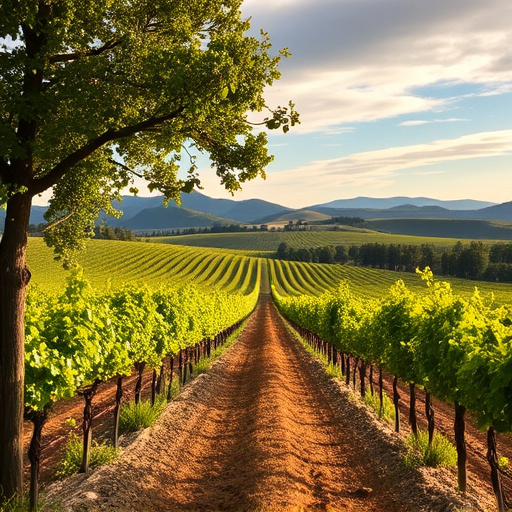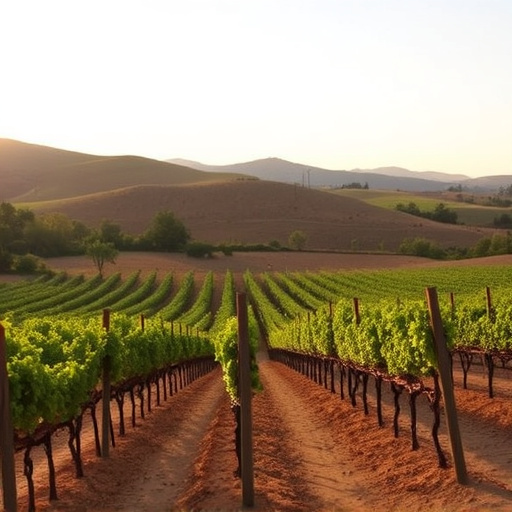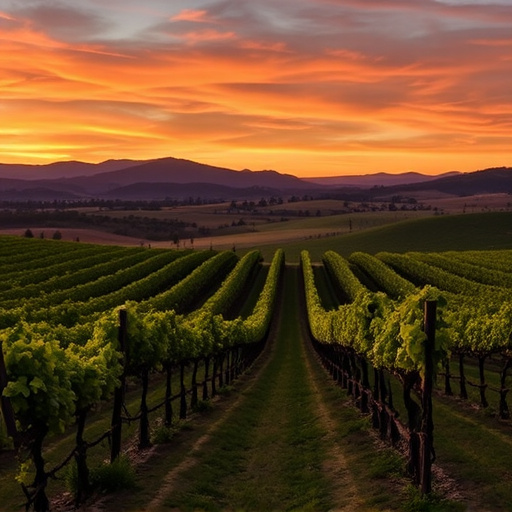Sonoita, Arizona, boasts a thriving wine culture thanks to its ideal microclimate and diverse terrain, making it a standout region for sonoita vineyards. The high-elevation wines from these sustainable practices-focused estates offer distinct terroirs and unique characteristics when compared, with factors like grape variety, winemaking techniques, and awards guiding enthusiasts through the region's rich viticultural diversity.
Uncover the enchanting world of high-elevation wines in Sonoita, a region renowned for its vibrant vineyards nestled in the azure Arizona sky. This article delves into a comparative journey across neighboring estates, exploring the unique characteristics that define their offerings. From understanding the terroir to selecting the pinnacle of wines, we guide you through a meticulous tasting experience. Discover the art of evaluating wine, uncovering subtle nuances, and appreciating the diverse tapestry woven by Sonoita’s vineyards.
- Understanding Sonoita's Wine Country: A Brief Overview of the Region and Its Vineyards
- Selecting Top-Tier High Elevation Wines: Criteria for Comparison
- Exploring Sonoita Estates: Choosing Representative Wineries for a Side-by-Side Tasting
- Techniques for Conducting a Comprehensive Wine Comparison: What to Look For
- Analyzing Results: Uncovering Differences and Similarities in Taste, Aroma, and Overall Quality
Understanding Sonoita's Wine Country: A Brief Overview of the Region and Its Vineyards
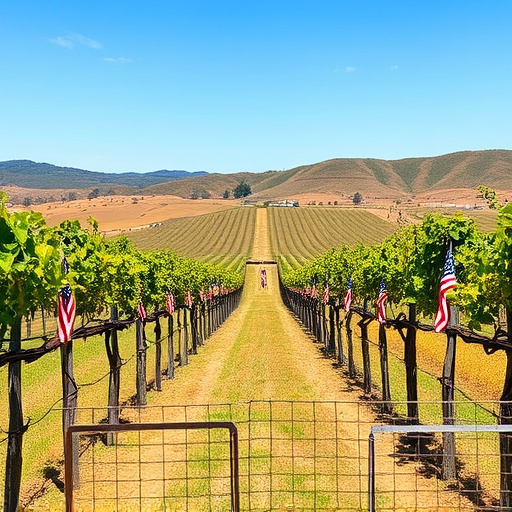
Sonoita, located in Arizona’s vibrant wine country, is a charming and historic town nestled amidst picturesque landscapes, renowned for its thriving viticulture. The region boasts a unique microclimate, characterized by sunny days and cool nights, creating an ideal environment for grape cultivation. This favorable setting has fostered the growth of diverse sonoita vineyards, each contributing to the area’s rich wine heritage.
The surrounding vineyards display remarkable variation in terrain, from rolling hills to steep slopes, offering a diverse range of soil types and exposure to sunlight. These factors play a crucial role in shaping the distinct flavors and characteristics of the wines produced. With a focus on sustainability and traditional farming practices, the sonoita vineyards have become a game-changer in Arizona’s wine scene, attracting both local enthusiasts and international sommeliers who appreciate the region’s unique terroir and high-elevation wines.
Selecting Top-Tier High Elevation Wines: Criteria for Comparison
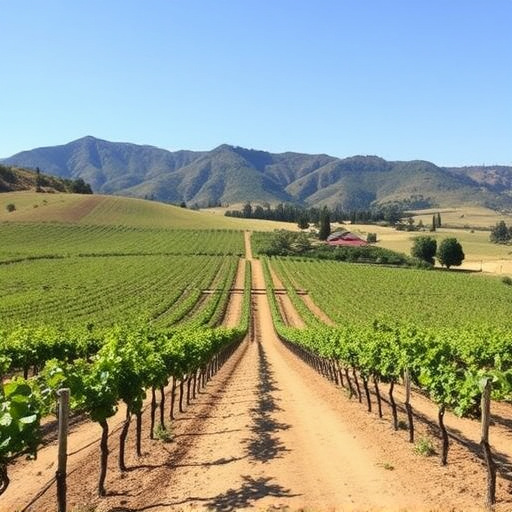
When comparing high elevation wines from neighboring Sonoita estates, selecting top-tier bottles is paramount to ensure a meaningful and insightful comparison. The unique terroir of Sonoita vineyards, characterized by their high elevations and distinct climate, yields distinctive wine profiles. To facilitate an accurate assessment, focus on several key criteria. First, consider the grape variety: Each estate may specialize in different grapes like Tempranillo, Cabernet Sauvignon, or Grenache, each expressing the high-altitude character in its own way. Second, evaluate the winemaking processes; organic or sustainable practices, barrel aging duration, and minimal intervention all contribute to the wine’s final character. Lastly, take note of awards and critical acclaim as these can offer valuable insights into consistently excellent productions from each estate.
Exploring Sonoita Estates: Choosing Representative Wineries for a Side-by-Side Tasting

When exploring the diverse landscape of Sonoita estates, the selection of representative wineries for a side-by-side tasting is a crucial step in comparing high-elevation wines. The region’s unique microclimates and varied soil types offer a fascinating range of expressions from even the closest of neighbors. To ensure an accurate comparison, it’s essential to choose wineries that embody the distinct characteristics of their respective locations.
Consider choosing one or two estates from each area within Sonoita to represent the varying elevations and exposures. For instance, select a winery known for its lower-elevation, south-facing vines compared to another situated at a higher altitude with north-facing exposure. This approach allows for a nuanced look at how these factors influence the wine’s flavor profile, structure, and overall character, providing a comprehensive understanding of the region’s viticultural diversity.
Techniques for Conducting a Comprehensive Wine Comparison: What to Look For
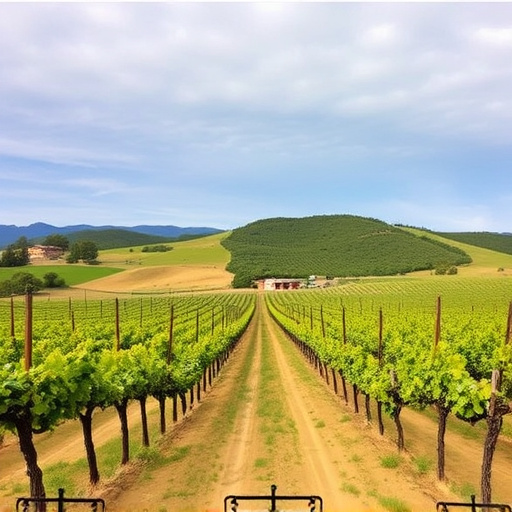
When comparing high-elevation wines from neighboring Sonoita estates, a systematic approach ensures an unbiased and thorough evaluation. Start by selecting a diverse range of wines from each vineyard, focusing on different varietals and vintages to capture their unique characteristics. Pay close attention to visual cues like color intensity, clarity, and leg (the path left by swirled wine in the glass). Swirl and sniff each wine individually to assess aroma and bouquet; note any distinct or recognizable scents. Taste is crucial—evaluate the wine’s balance, acidity, tannin structure, and finish. Look for subtle nuances that set each estate apart, such as fruity, floral, earthy, or oaky notes. Consider the overall complexity and how well-integrated the various components are. Remember, a comprehensive comparison requires meticulous observation and note-taking to capture the unique expressions of each Sonoita vineyard.
Analyzing Results: Uncovering Differences and Similarities in Taste, Aroma, and Overall Quality
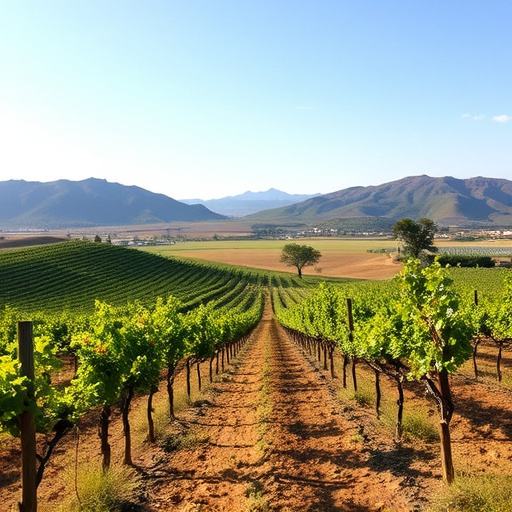
When comparing high-elevation wines from neighboring Sonoita estates, the subtle yet distinct differences in taste, aroma, and overall quality become evident. Each estate brings its unique terroir to the table, affecting the wine’s character and complexity. For instance, some wines showcase crisp acidity and vibrant fruit notes, while others exhibit richer, more savory profiles. These variations can be attributed to factors like soil composition, sun exposure, and altitude, which all contribute to the distinctive flavors.
Upon closer inspection, several similarities emerge despite the individual estate nuances. The overall quality of these high-elevation wines is a testament to the region’s thriving viticulture. Notes of citrus, berry compote, and herbal hints are commonly observed, showcasing a balanced interplay between freshness and fruitfulness. The aromas also share a certain allure, with earthy undertones and subtle oak influences adding depth. This analysis reveals that while each Sonoita vineyard offers its own unique wine journey, the collective result is a diverse yet cohesive expression of the region’s exceptional terroir.
In exploring the diverse landscapes of Sonoita vineyards, this comprehensive guide has illuminated the unique characteristics of high-elevation wines. By understanding the region’s terroir and selecting representative estates, we’ve uncovered distinct flavors, aromas, and qualities that make each winery’s offering special. Through careful comparison techniques, wine enthusiasts can now navigate this vibrant ecosystem and appreciate the intricate nuances that make Sonoita a premier wine destination. Elevate your palate and embark on a journey through these exceptional vineyards.
